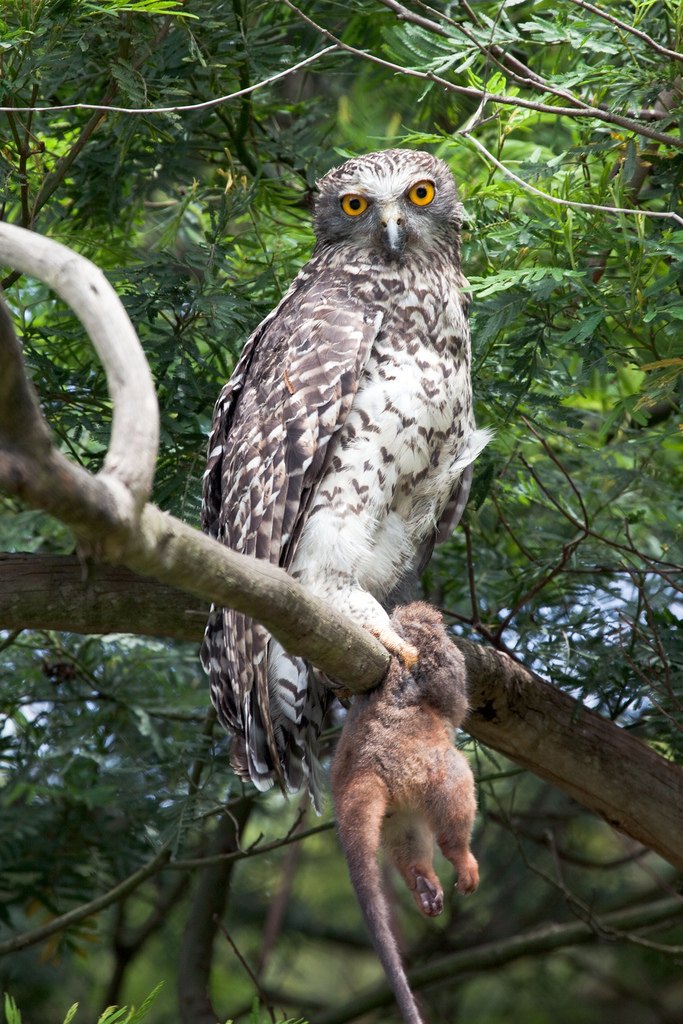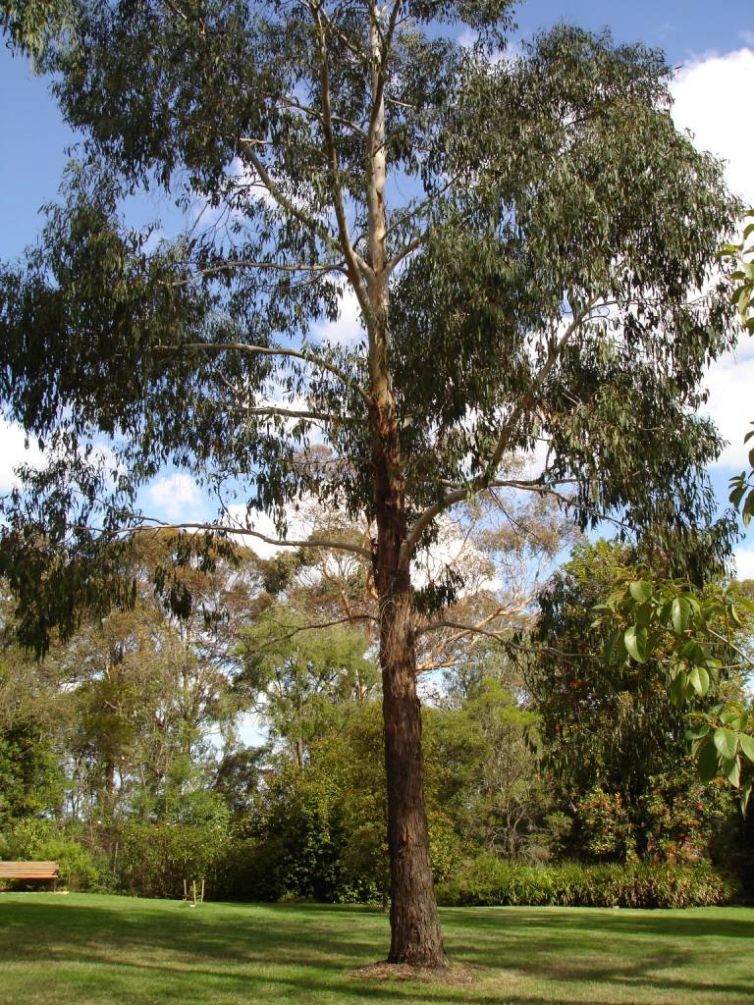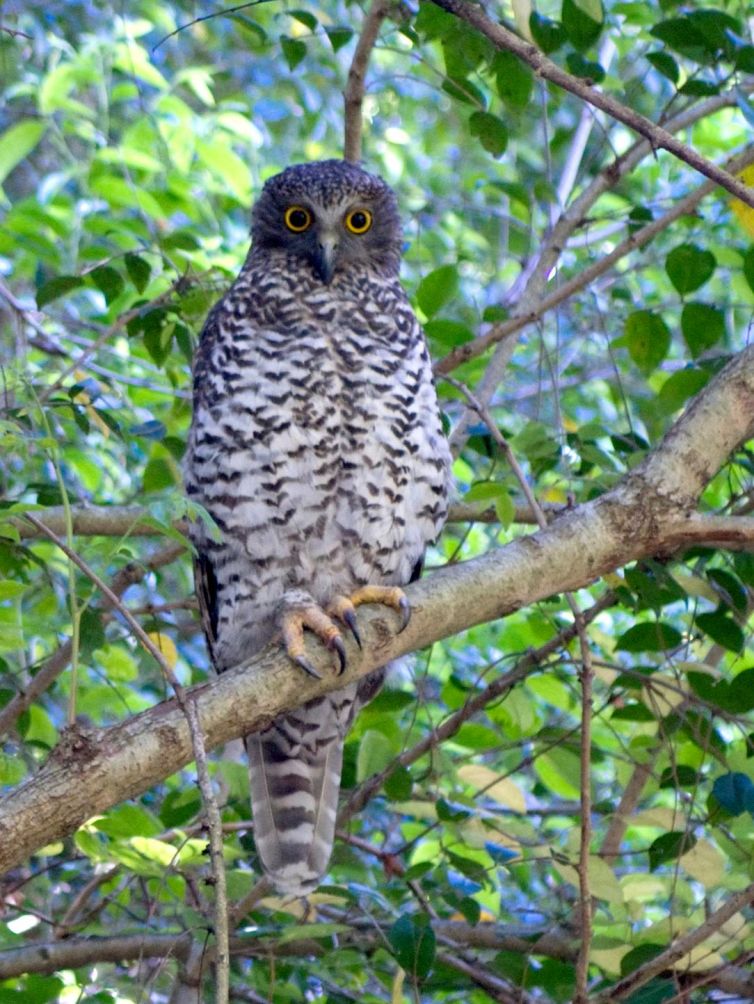Were you lucky enough to sight a powerful owl as you walked the track? You are not likely to have heard its call unless you are visiting the forest at night time!
Did you know?
Powerful Owls are only found in eastern Australia. We are so lucky to have them in our area.
They have an impressive low, rather mournful-sounding and far-carrying double hoot call ‘woo-hoo’ that will ring out through the forest at night-time.
It gives a warning call to other forest residents!
They are the largest owls in Australia. The male bird reaches a size of 67cm and the female 58cm. They can have a wingspan up to 135cm. That’s pretty impressive!
They are forest dwellers and need old growth trees that contain large hollows for them to use as breeding sites. We need to protect these special trees!
They roost by day, perched in the shade of a tree, often with the previous night’s prey in their talons. What did it have for dinner last night?
The extent of their home range is influenced by habitat quality and abundance of prey. It is generally accepted to be a 2km radii. That’s not very large!
The female usually lays her eggs in late May with a nestling period of 8-9 weeks. The female incubates the eggs with the male providing her and the young chicks with food. He’s a good partner and dad!
The young birds are dependent on their parents for at least 6-7 months. The parents who mate for life will be kept busy finding food for their hungry offspring!
They are very good hunters – mainly carnivores – feeding on medium to large-sized tree-dwelling mammals such as our Ring-tail possums (their favourite food), Brushtail possums, sugar gliders and our precious Yellow-bellied gliders. It swoops on its prey taking them with its sharp talons.
They can also take small ground-dwelling animals such as rabbits or small marsupials. They can also feed on birds mostly magpies and cockatoos, insects and vegetation. Pity rabbits are not their favourite food!
Their biggest threats are loss of habitat trees through clearing or fire.
The Powerful Owl is listed as vulnerable on the Victorian Flora and Fauna Threatened List in September 2022
We are certainly very privileged to have these impressive birds as residents of our forest!
You can scan the QR code at each of the following interpretive signs to learn more about the plants and wildlife in this area:




